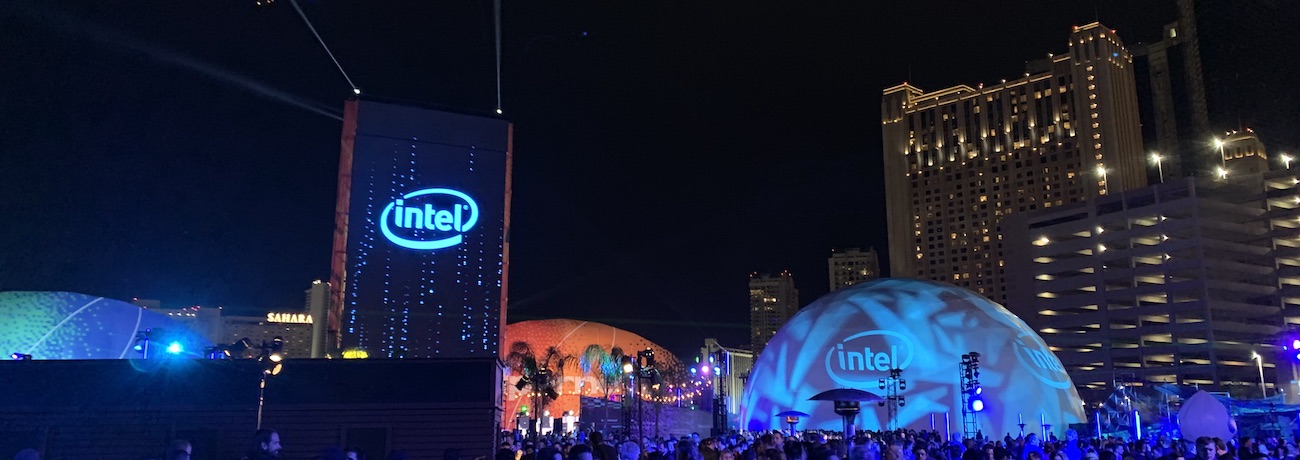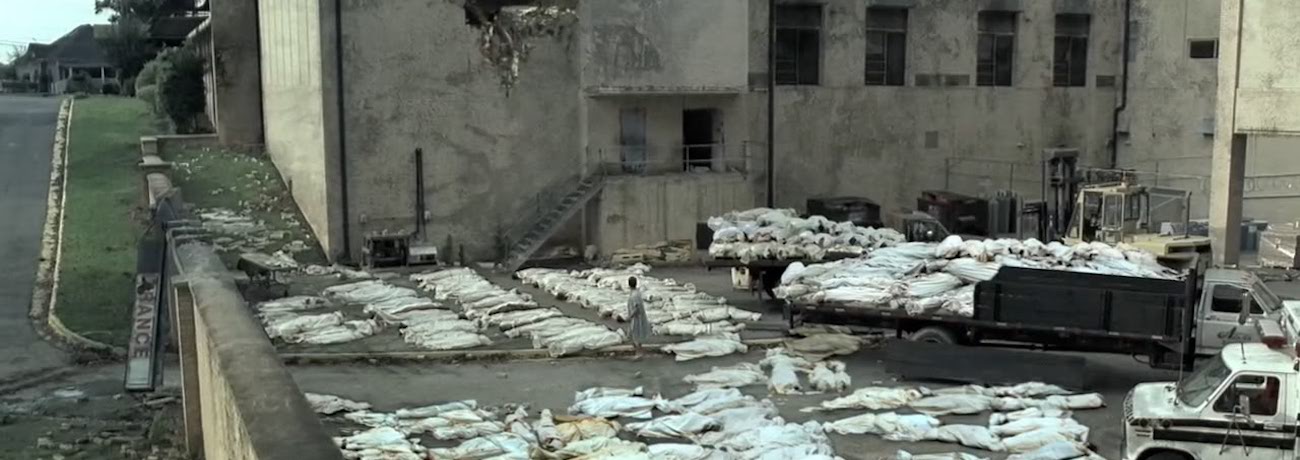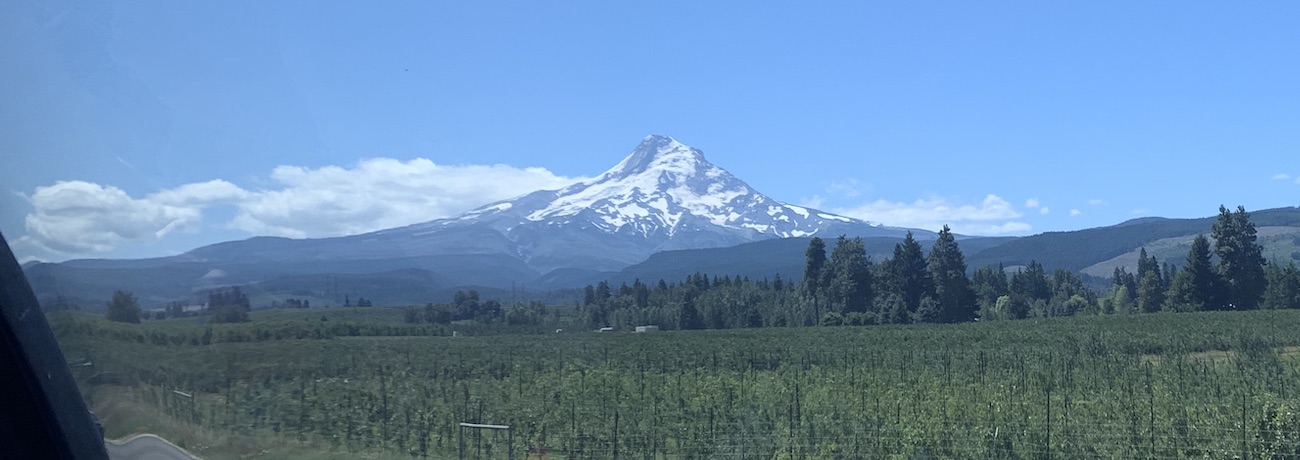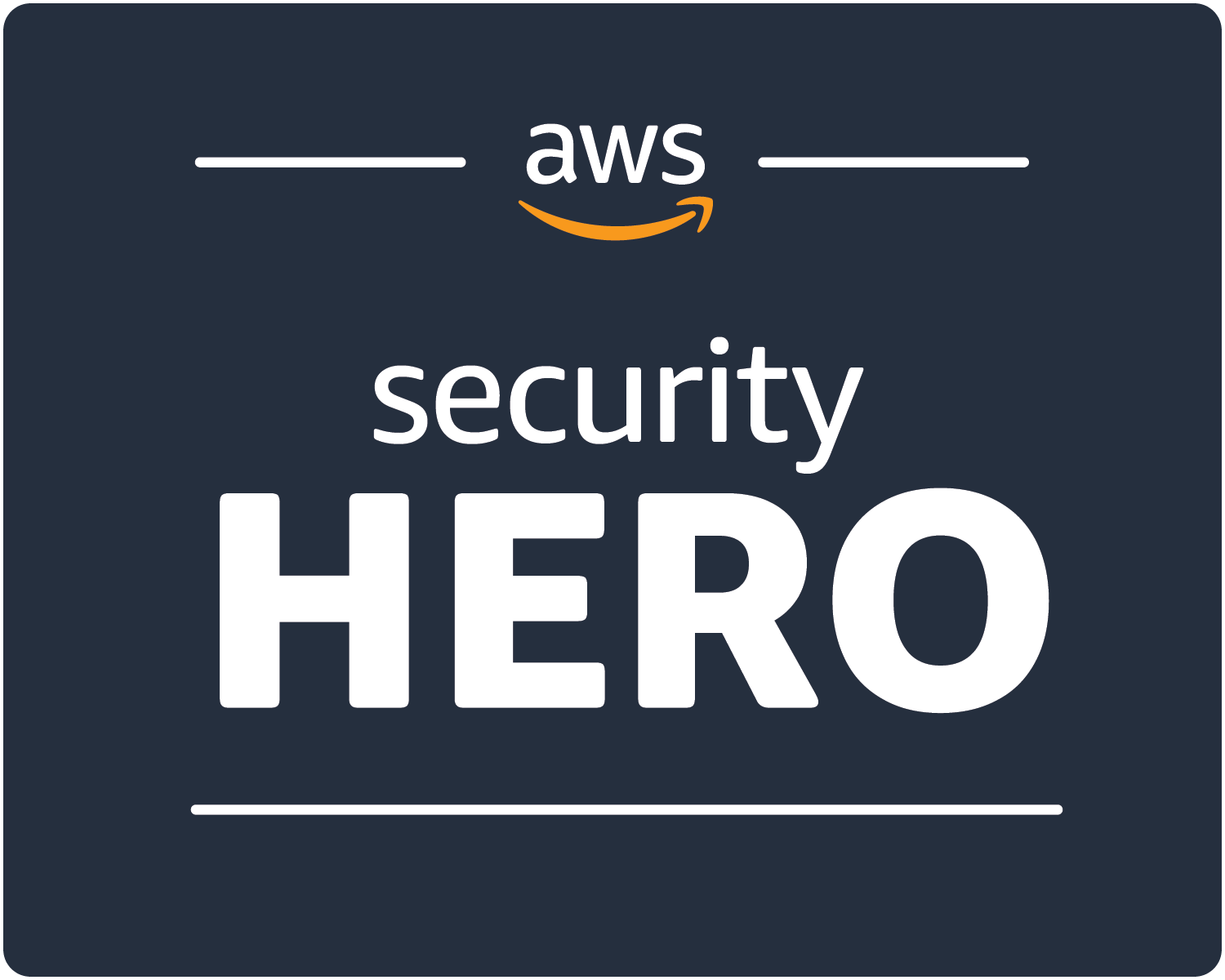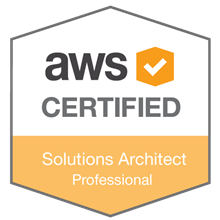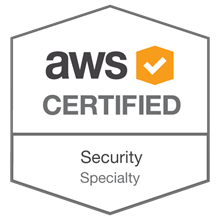Welcome to the American Thanksgiving holiday, which for us cloud peeps is the quiet period between pre:Invent and re:Invent. Traditionally the run up to AWS re:Invent is chock full of feature releases (and some product releases) that don’t merit mention in Andy Adam’s or Werner’s keynotes.
Last year I was busy with a new job, hiring a new team, and helping to launch a streaming service. This year I have another new job (same company, new role), and did have time.
